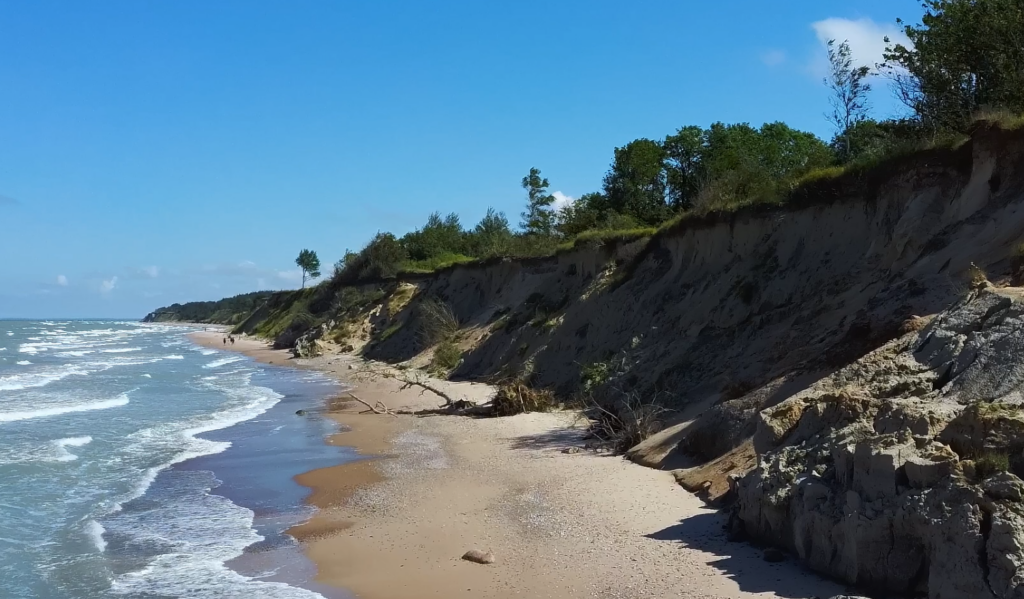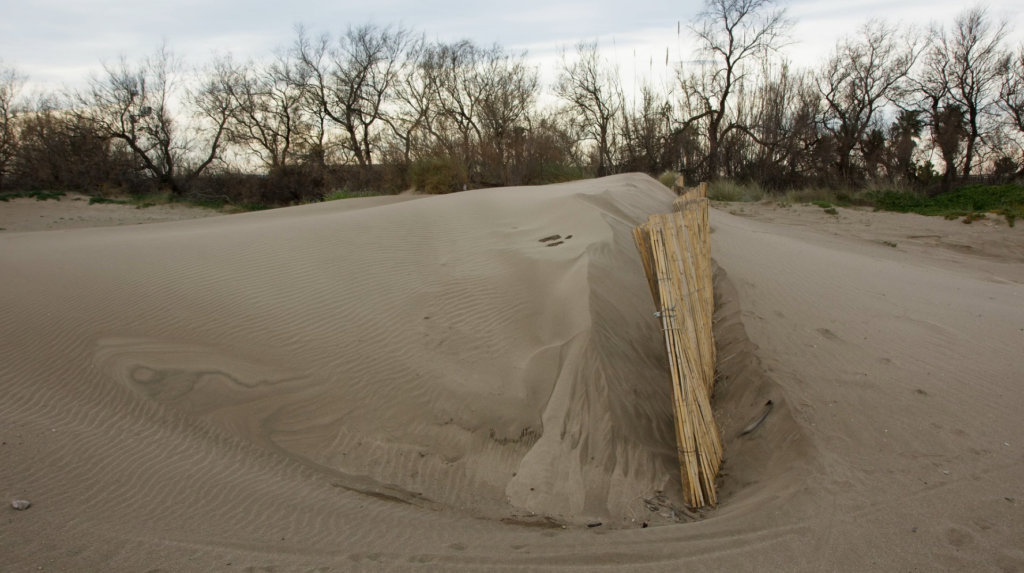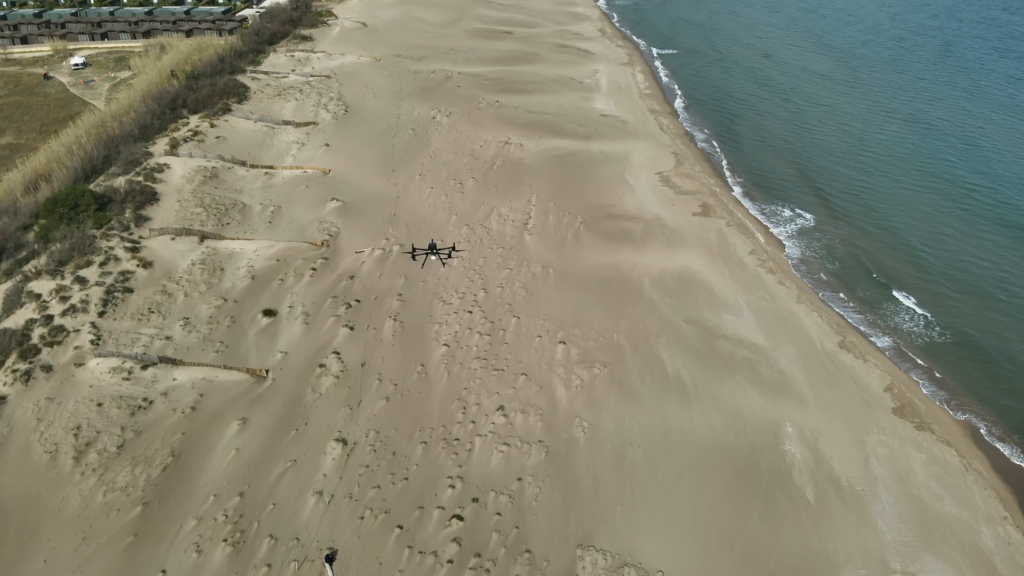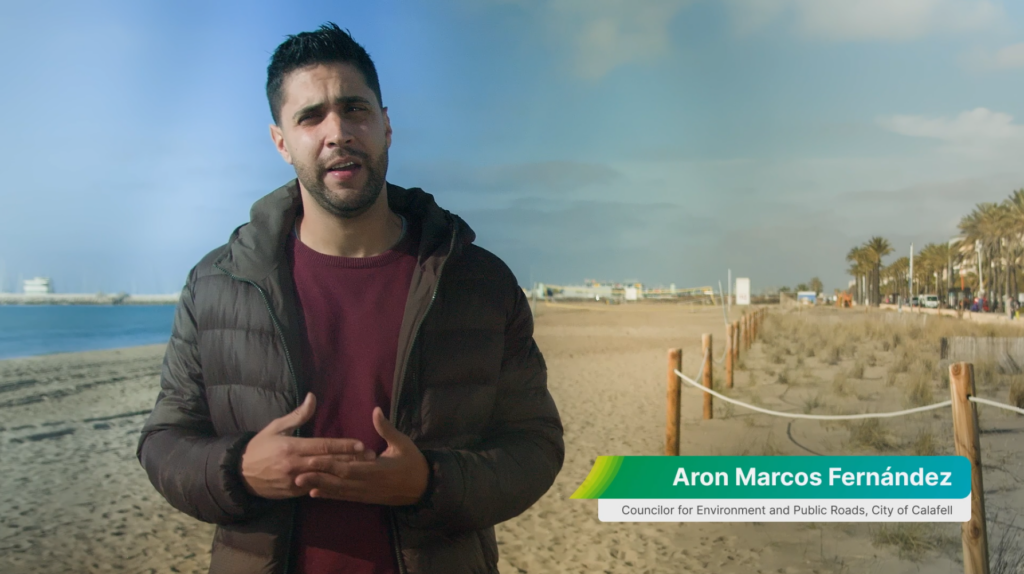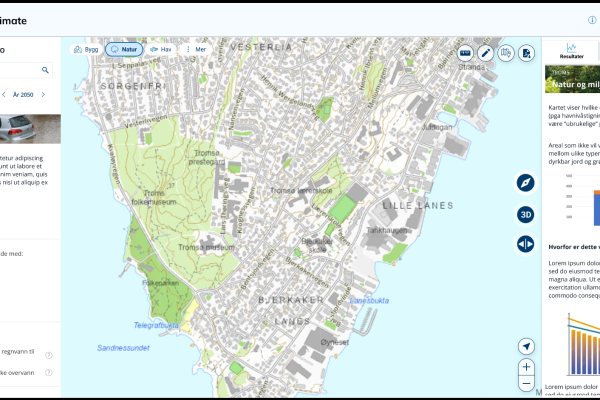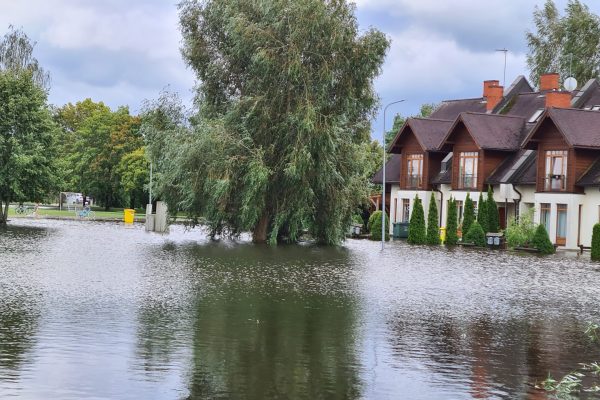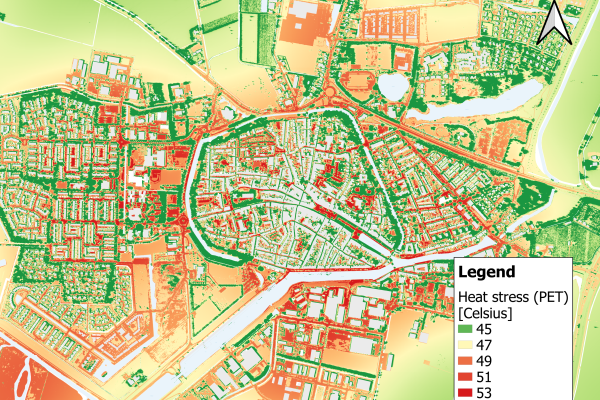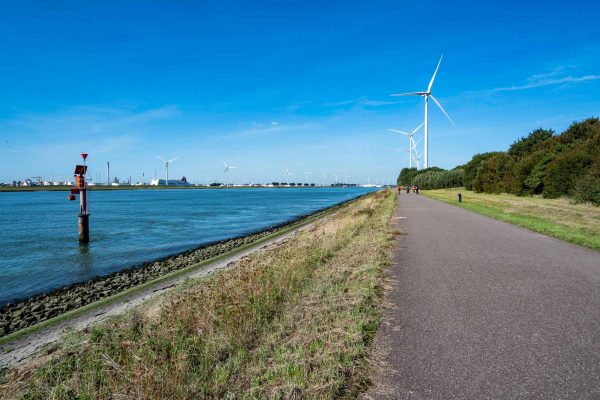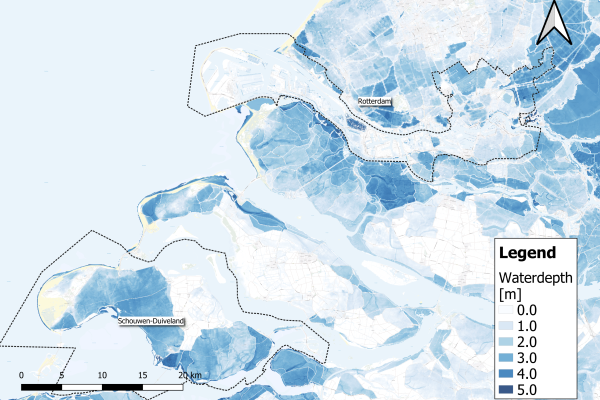As many Europeans head to the beaches this summer, coastal erosion remains a significant threat to shorelines worldwide. The removal of soil and sand by wind, water, and human activity has left several European coastal areas vulnerable to flooding and extreme tides, endangering both human and marine life. In a new video, we explore how IMPETUS partners in Spain successfully restored dunes in the region, offering a sustainable approach to protecting beaches in coastal Catalonia.
Global predictions indicate that 50% of the world’s beaches could disappear by the end of the century. The Catalan coast, heavily impacted by human activities such as port and dam construction, faces significant erosion as natural sediment flows are blocked. Traditional sand replenishment methods have proven unsustainable and costly, prompting the need for long-term, eco-based solutions.
Sand Traps in rural Sant Pare Pescador: a model for success
The beach at Sant Pere Pescador serves as a prime example of effective dune restoration. Carla Garcia-Lozano, a researcher at the University of Girona and partner in the IMPETUS project, notes that the beach has narrowed by 50 meters over the past 50 years due to erosion. In response, the Government of Catalonia and the Natural Park of Costa Brava, in collaboration with local residents and businesses, initiated a project to restore the beach-dune system.
In 2020, sand traps—fences made of cane—were introduced to capture and accumulate sand, thereby increasing the height and volume of the dunes. Researchers from the IMPETUS Project have been using drones with advanced sensors to monitor these changes since 2021. Carla Garcia-Lozano explains that regular drone flights allow for precise measurement of dune growth, showing a 40% increase in dune height over three years.
Frederic Suñe Tobella, owner of Campsite Las Dunas, recounts how the dunes protected their property during Storm Gloria in early 2020, which caused widespread damage along the coast. The maintained dunes prevented seawater from flooding the campsite, highlighting their importance in climate resilience.
Taking the concept to urban areas: Calafell
Building on the success in rural areas, the IMPETUS project is now seeking to apply these techniques in urban settings, starting with Calafell. This city, part of a region housing 43% of Catalonia’s population, has seen natural dunes replaced by promenades and buildings. Aron Marcos Fernández, Councilor for Environment and Public Roads in Calafell, emphasizes the beach’s critical role in the local economy, which relies heavily on tourism.
In a bold move, the city council removed parts of the sea-walk promenade to create more space for natural sand deposits. Xavier Roig Munar, Manager of beach-dune systems, reports that sand traps in Calafell have successfully captured and retained sand, reshaping the beach to better withstand storms.
Nature Based Solutions as sustainable coastal protection
The success of these initiatives underscores the importance of natural solutions in coastal protection. While short-term measures like elevated homes and dike walls provide immediate relief, dune restoration offers a sustainable, long-term strategy. The IMPETUS project’s precise measurements and positive results provide a valuable model for coastal communities worldwide.
As sea levels rise and storms grow more severe, Catalonia’s approach to dune restoration demonstrates how nature-based solutions can protect and sustain our beaches for the future. The new video on this groundbreaking work showcases the potential for global application, promoting resilience in the face of climate change.
Watch the full video to learn more about Catalonia’s successful dune restoration efforts and how they can inspire similar initiatives around the world.
